
How to prune medlar trees?
All our tips to prune the common medlar and the Japanese medlar
Contents
Behind the term “medlar” lie two somewhat distinct fruit trees, differing in their shape and fruiting. The common medlar (Mespilus germanica) produces medlar fruits from October to November, sometimes even December, these small brown fruits that are edible after frost. It is a very hardy tree with a stout habit, rarely exceeding 6 metres in height. The Japanese medlar (Eriobotrya japonica), extremely drought-resistant, thrives in the south of France where it produces very juicy orange fruits.
 The common medlar and the Japanese medlar are distinguished by their fruiting.
The common medlar and the Japanese medlar are distinguished by their fruiting.
The Japanese medlar forms an upright tree with an exotic appearance. Both members of the rose family, these trees do not require severe pruning like some other related fruit trees. We guide you on how to prune your medlars to ensure their flowering and, consequently, their fruiting.
Why pruning medlar trees?
Unlike many other fruit trees such as the apple tree, apricot tree, or plum tree, for the common medlar or Japanese medlar, pruning is not absolutely essential and mandatory. However, it is recommended, but is more akin to light pruning than to drastic and strict cutting.
Thus, overall, flowering and fruiting do not directly depend on this pruning, which serves other purposes. Indeed, pruning helps maintain and aerate the branches, giving medlar trees balanced and harmonious shapes. Consequently, this light pruning will limit the growth of the trees and keep them within reasonable dimensions, generally not exceeding 6 metres in height. Similarly, the purpose of pruning is to remove branches that grow inward.
This pruning also has the advantage of clearing the trees of their dry branches, those damaged by frost, diseased, or dead. Additionally, it removes those that are overly abundant or poorly positioned.
When and how to prune the medlar tree?
Not demanding in terms of growing conditions, hardy down to -20 °C, and boasting a lovely spring flowering, the common medlar (Mespilus germanica) has a spreading and open habit with twisted and thorny branches. It is a modestly sized tree with a rather slow growth rate.
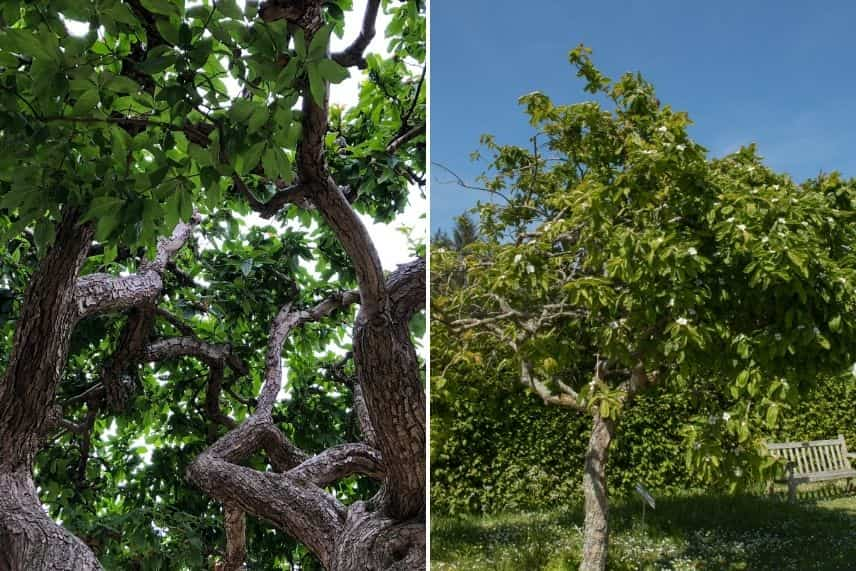
The common medlar has a spreading habit with twisted branches
Pruning is not obligatory, but it can help to balance its branches.
When to prune?
This light pruning takes place in early winter, after fruiting, which generally occurs from October to December. It must be carried out during a frost-free period. However, this light pruning should only be done every five years.
How to prune?
Explaining the procedure for pruning a medlar boils down to cutting back branches that are excessive, inward-growing, crossing, or interfering with each other. For the common medlar, this is truly maintenance pruning aimed at removing anything that contributes to the tree’s imbalance.
In any case, this pruning does not affect fruiting, nor the quantity or size of the medlar fruits. It is more of a pruning that serves an aesthetic purpose to lighten, balance, and clarify the branches.
Discover other Medlar trees
View all →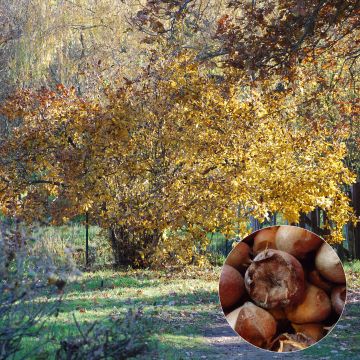
Available in 1 sizes
Available in 2 sizes
Available in 5 sizes
Available in 1 sizes
Available in 1 sizes
Available in 1 sizes
Available in 1 sizes
Available in 1 sizes
Available in 1 sizes
When and how to prune the Japanese medlar?
Also known as the loquat, the Japanese medlar (Eriobotrya japonica) can be described as a small tree, typically reaching heights of 4 to 6 metres. Its flowering is sensitive to cold, thriving particularly well in the south of France. Elsewhere, it can tolerate temperatures dropping to -15 °C without producing fruit. With its glossy evergreen foliage and delightfully fragrant flowers, the Japanese medlar is considered to have high ornamental value. Like its cousin, the Japanese medlar does not require drastic pruning. However, light thinning and maintenance pruning can be carried out. In its early years, formative pruning is necessary.
When to prune?
In the years following planting, the Japanese medlar can undergo formative pruning, which involves cutting back all stems by one third. This pruning will help shape the tree as desired. Over the years, the Japanese medlar becomes denser and tends to form a beautiful crown that provides beneficial shade. This cup-shaped formative pruning is typically done at the end of February. This pruning continues until the tree starts to produce fruit, which is usually around the first five years.
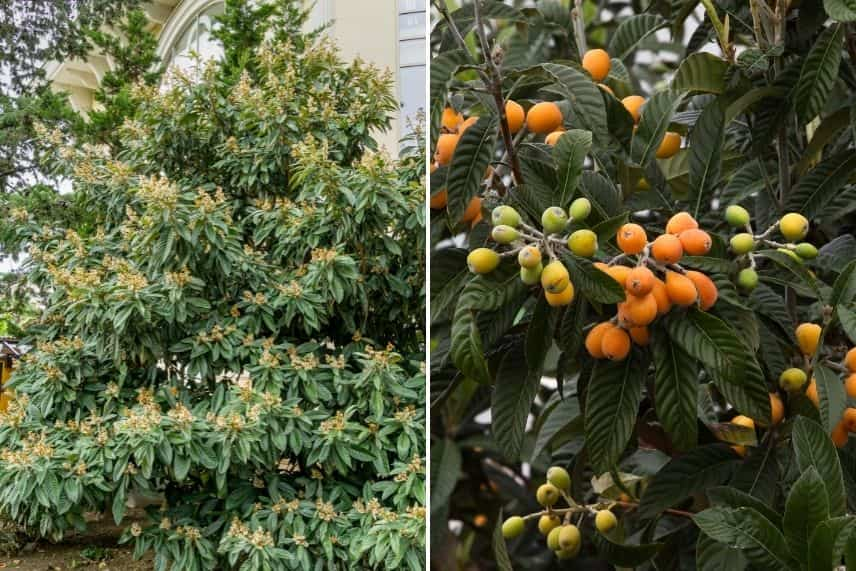 Pruning in the early years of planting is necessary for the Japanese medlar to form a harmonious tree.
Pruning in the early years of planting is necessary for the Japanese medlar to form a harmonious tree.
Later on, a gentler pruning can be carried out after the harvest of the loquats, in early summer, between May and June.
How to prune?
For formative pruning, select three to four main branches spaced 10 to 15 cm apart. These will form the framework of the tree during its first five years.
The maintenance pruning involves removing problematic branches, such as those that are poorly oriented, damaged or dying, overly long branches that extend beyond the crown, or those that are redundant. This is more of a light annual tidy-up.
- Subscribe!
- Contents


































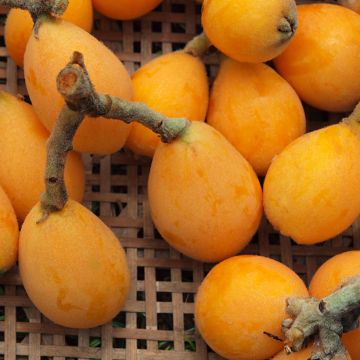

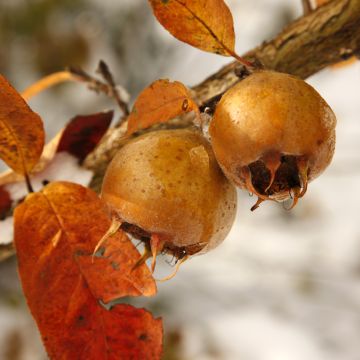
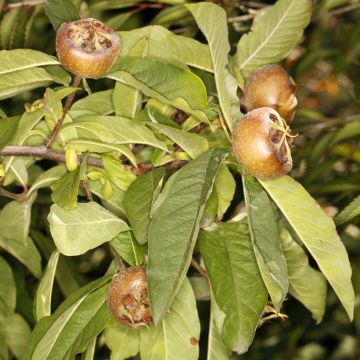

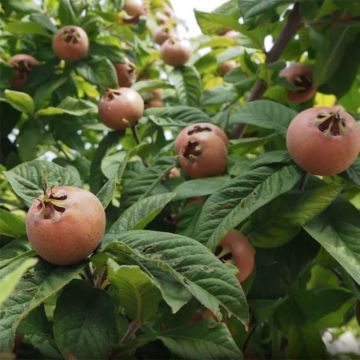
Comments